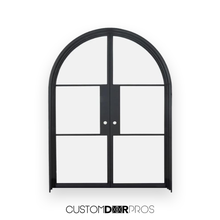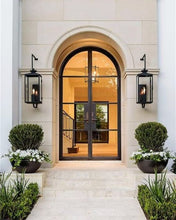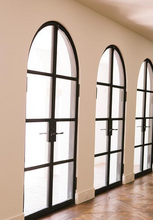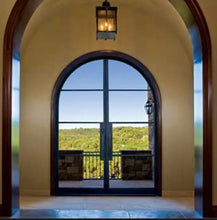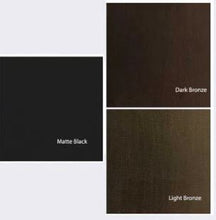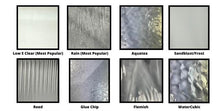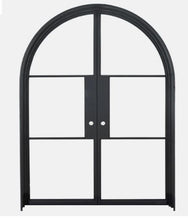A thermal break, also known as a structural thermal break in construction, is an insulating material that is strategically placed between highly conductive structural components within the building envelope, acting as a thermal barrier to interrupt the flow of thermal energy. Materials such as aluminum, steel, and concrete are examples of conductive structural components that can be efficiently thermally broken. By reducing the transfer of heat from one side of the structural component to the other, the thermal break acting as a thermal barrier can significantly enhance the energy efficiency of a wall, floor, or roof design.

How do Thermal Breaks Work?
A thermal break possesses a low thermal conductivity when compared to structural materials such as aluminum, steel, and concrete. The lower the thermal conductivity, the lower the rate heat can pass through the material. When heat or cold attempts to transfer through the structure, the thermal break resists this flow, creating a barrier that minimizes temperature transfer. This ensures that the building interior remains at a more consistent, comfortable temperature. Also, reducing the rate heat can pass through a structural element, increases the thermal resistance of a connection or assembly. In construction terms it would mean the R-Value (thermal resistance) increases, the higher the R-Value, the higher the energy efficiency.
Note: The thermal modeling images below are compare a steel beam connection that is penetrating a wall. In this scenario the interior is warm and the exterior is cold, although remember thermal bridging can happen in both cold and hot climates. The temperature difference between the exterior and interior is one of the most important factors for the performance of a thermal break and the significance of a thermal bridge.
In the thermal model with no ClimaSpec Structural Thermal Break, thermal bridging is occurring due to a highly conductive material (steel) bypassing the continuous wall insulation. The color gradient that spans across the interior, through the building envelope, and to the exterior represents a thermal bridge.









